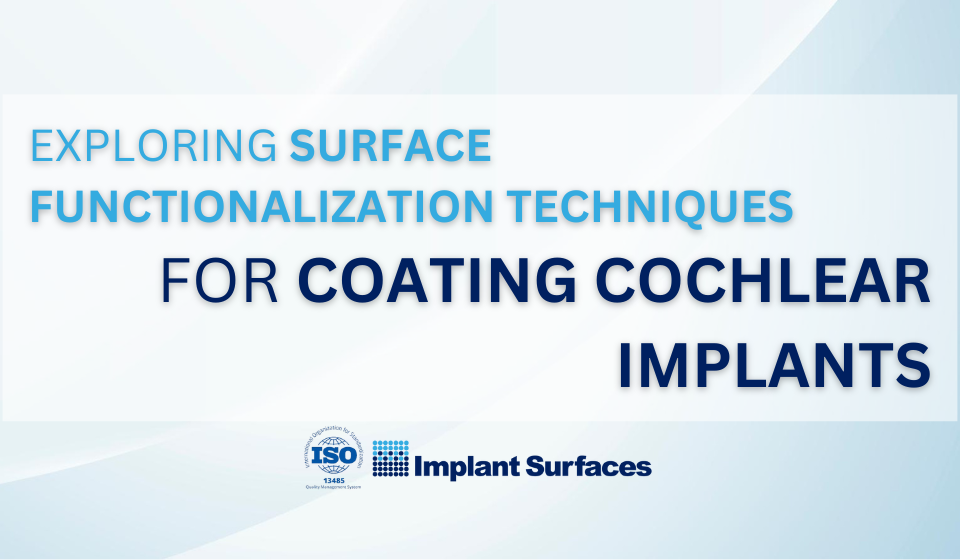
Role of Surface Wettability in Controlling Cell Adhesion on Implant Surfaces
May 4, 2024
Surface Engineering Approaches for Enhancing Osseointegration in Dental Bridges
May 6, 2024The temporomandibular joint (TMJ) plays a crucial role in facilitating various oral functions, including chewing, speaking, and facial expressions. However, disorders affecting the TMJ can significantly impact an individual’s quality of life, leading to pain, dysfunction, and impaired jaw movement. As advancements in implant technology continue to evolve, researchers and clinicians are exploring innovative surface coatings to enhance the performance and longevity of TMJ implants.
One of the primary challenges in TMJ implantology is achieving optimal biointegration while minimizing the risk of implant-related complications. Traditional materials used in TMJ implants, such as titanium and its alloys, offer excellent biocompatibility but may lack the necessary surface properties to promote tissue adhesion and long-term stability. To address this issue, researchers have turned to advanced surface coating techniques to modify the surface characteristics of TMJ implants and improve their biointegration potential.
Nanostructured coatings have emerged as a promising strategy for enhancing the osseointegrative properties of TMJ implants. By applying nanoscale surface features to the implant surface, such as nanopores or nanotubes, researchers can significantly increase the surface area available for tissue attachment and accelerate the bone healing process. Additionally, nanostructured coatings can modulate cellular responses at the implant-tissue interface, promoting cell adhesion, proliferation, and differentiation for improved tissue integration.
In addition to nanostructured coatings, bioactive coatings have garnered attention for their ability to stimulate bone regeneration and repair around TMJ implants. Bioactive coatings, such as hydroxyapatite (HA) and bioactive glass, possess inherent osteoconductive properties that promote the formation of new bone tissue upon implantation. These coatings not only enhance the biointegration of TMJ implants but also help to restore the natural function and morphology of the jaw joint.
Another area of innovation in TMJ implant coatings involves the incorporation of antimicrobial agents to prevent implant-associated infections. Silver nanoparticles, in particular, have shown promise as effective antimicrobial agents due to their broad-spectrum antimicrobial activity and low cytotoxicity. By incorporating silver nanoparticles into the surface coating of TMJ implants, researchers can create a protective barrier against bacterial colonization and reduce the risk of peri-implant infections, thereby improving the long-term success rate of TMJ implant procedures.
Furthermore, advancements in surface coating technology have enabled the development of multifunctional coatings that offer a combination of therapeutic benefits. For example, coatings incorporating both nanostructured features and antimicrobial agents can provide enhanced osseointegration while simultaneously reducing the risk of infection. Similarly, bioactive coatings with tailored release kinetics can promote targeted bone regeneration while minimizing adverse effects on surrounding tissues.
In summary, innovations in surface coatings hold immense potential for improving the performance and longevity of TMJ implants. By tailoring the surface properties of implants to mimic the natural structure and function of the temporomandibular joint, researchers can enhance biointegration, promote tissue regeneration, and reduce the incidence of implant-related complications. As research in this field continues to advance, the future of TMJ implantology looks promising, with surface coatings playing a pivotal role in driving innovation and improving patient outcomes.




